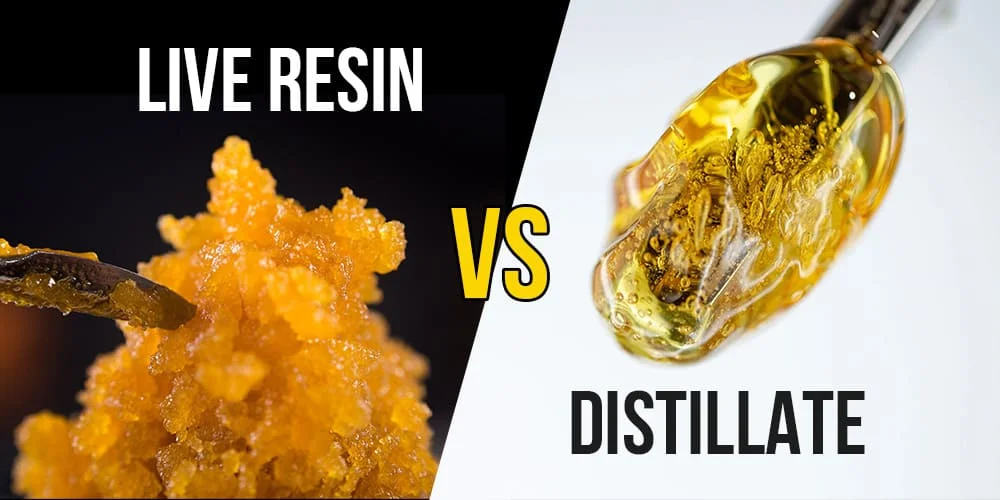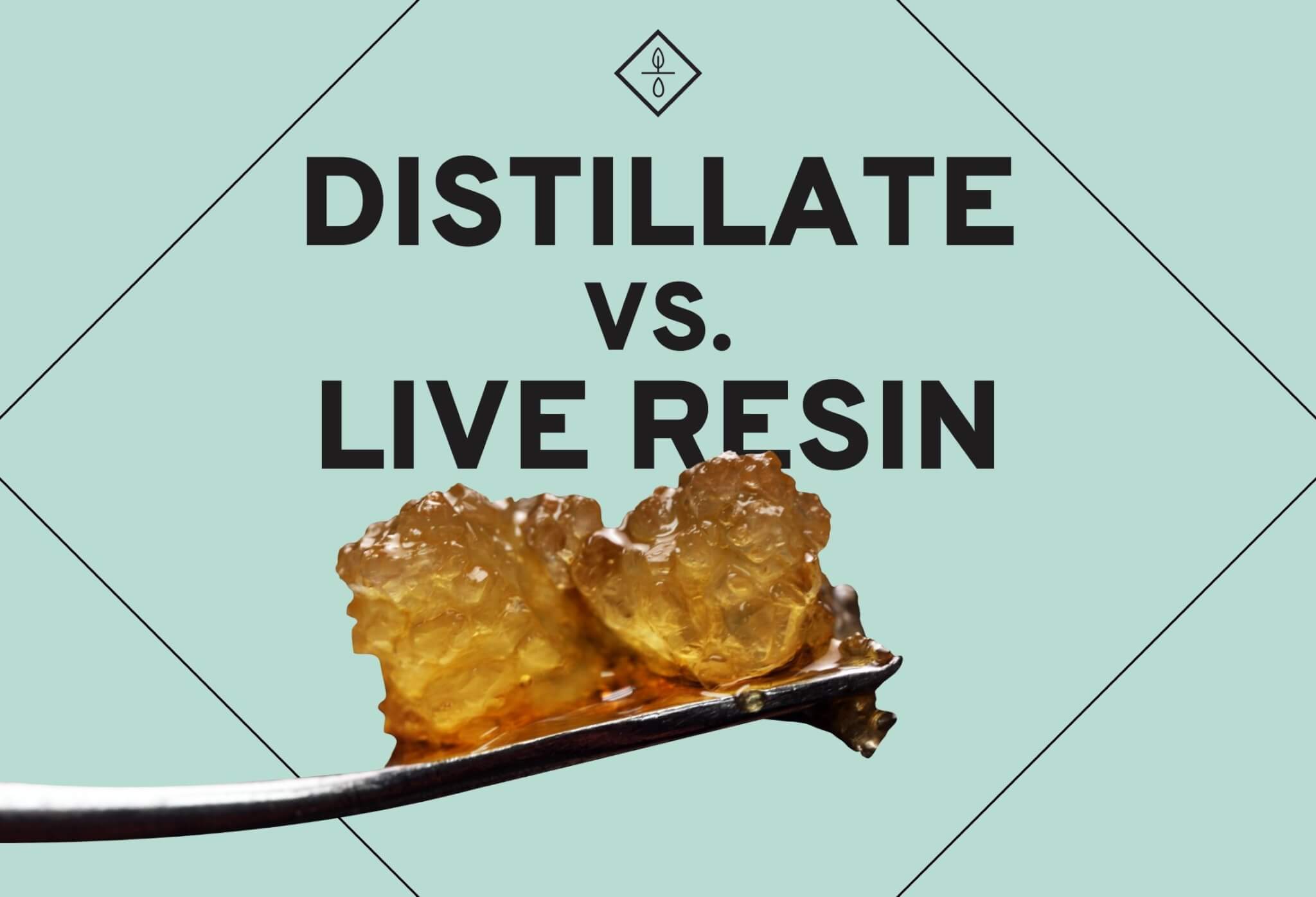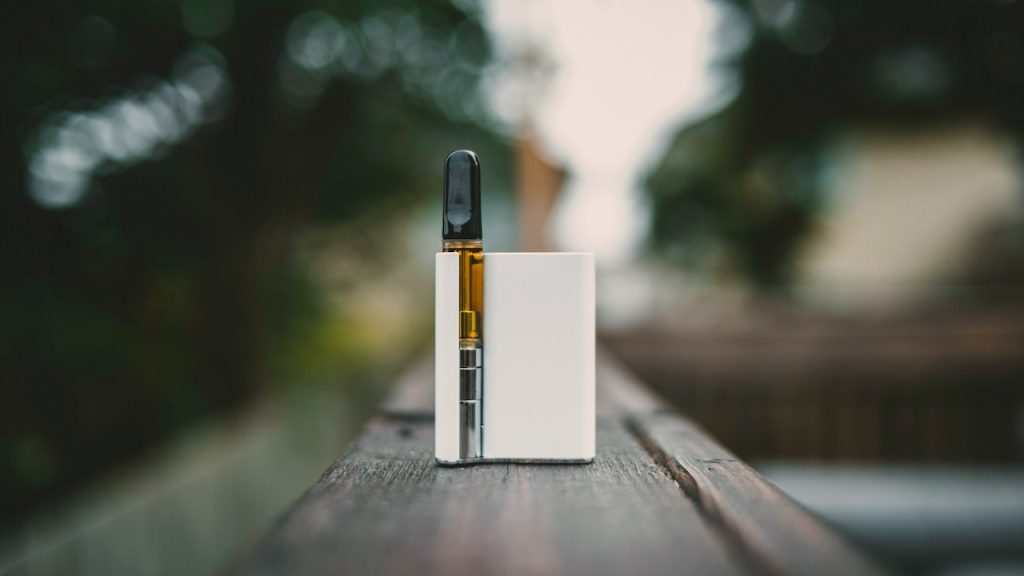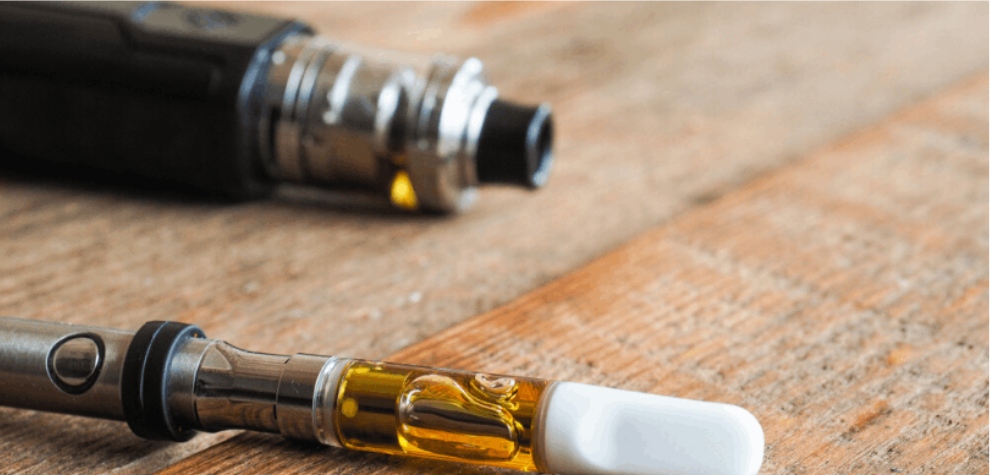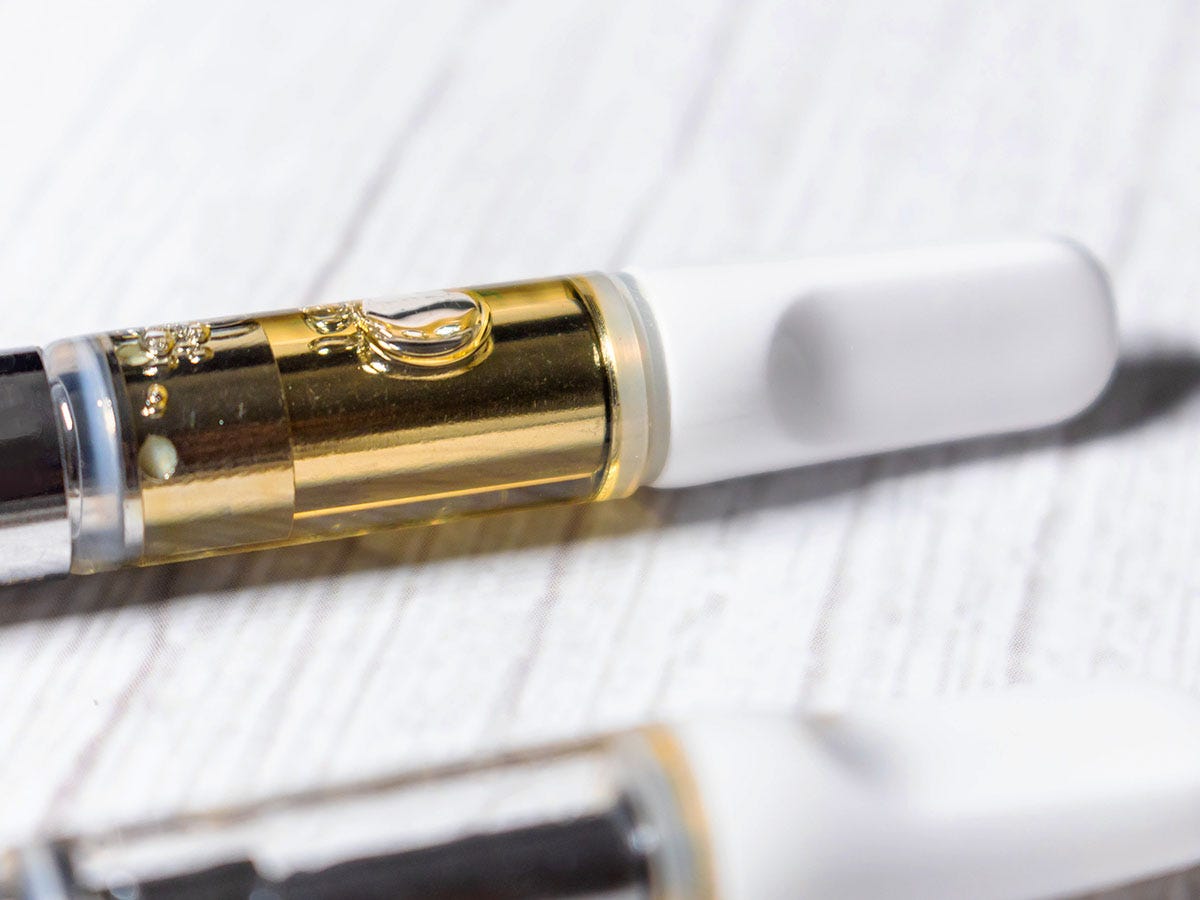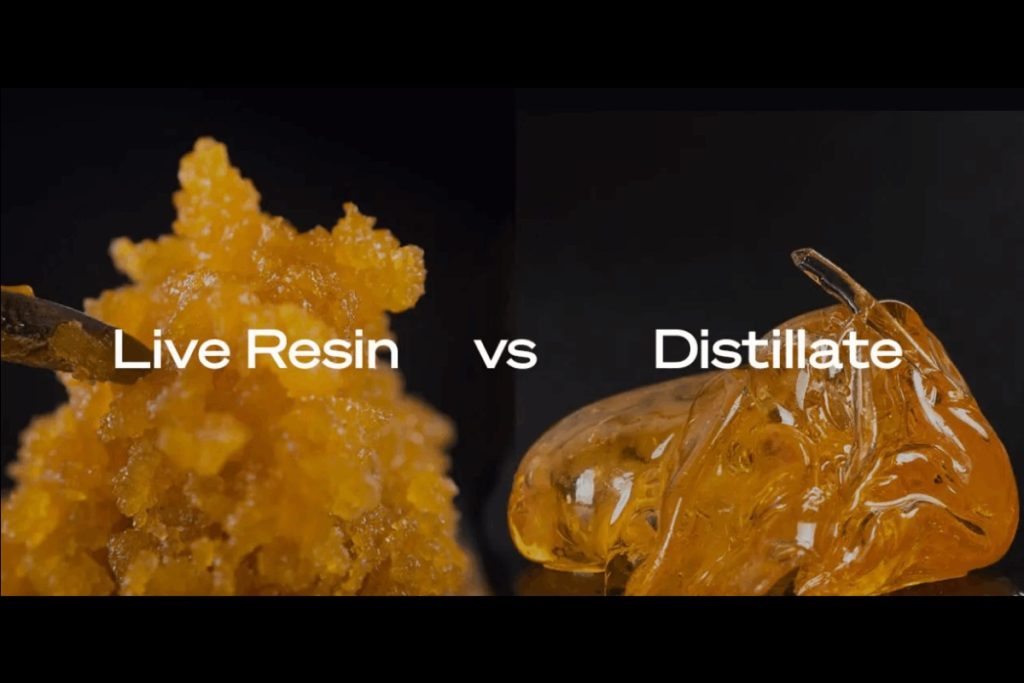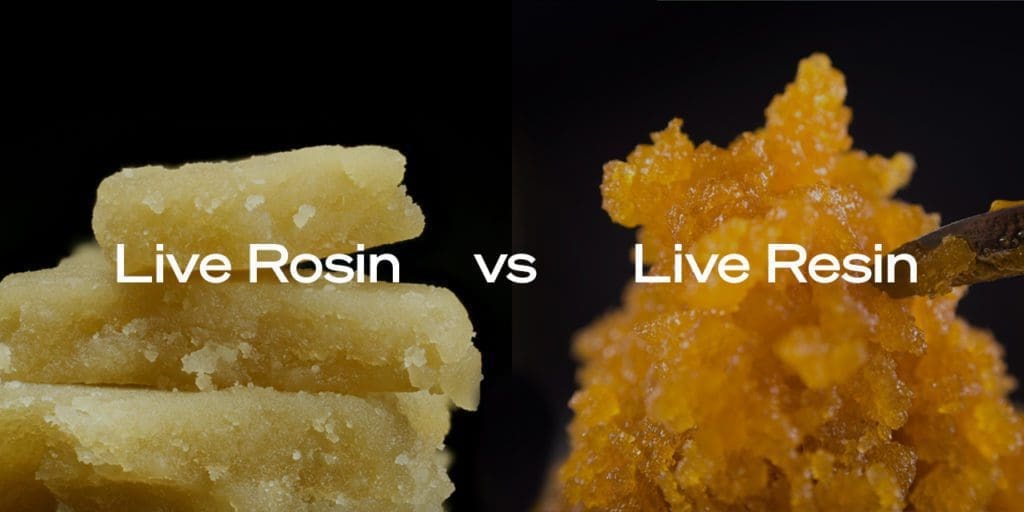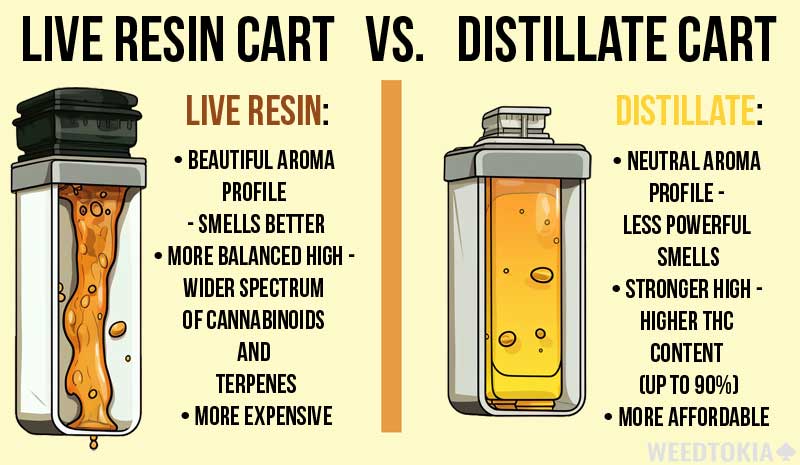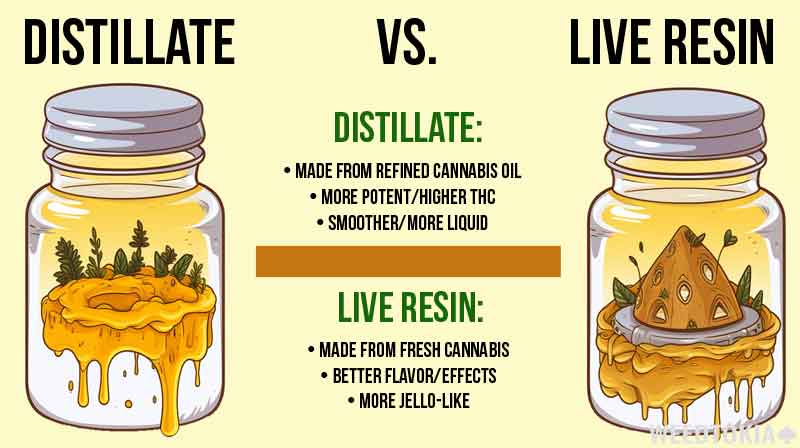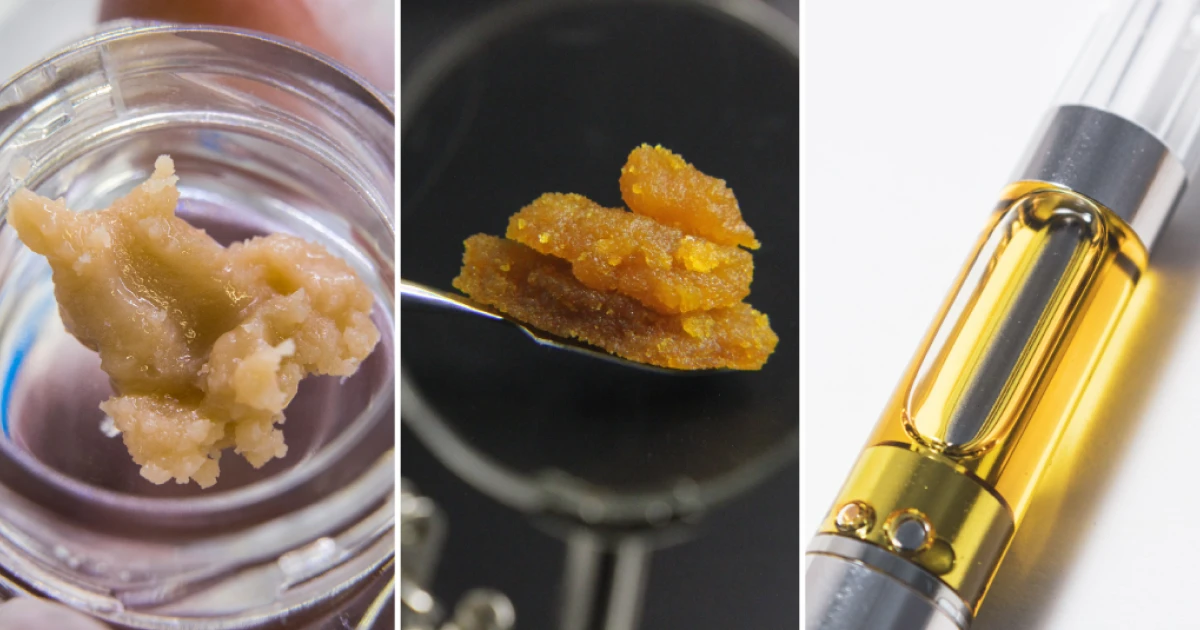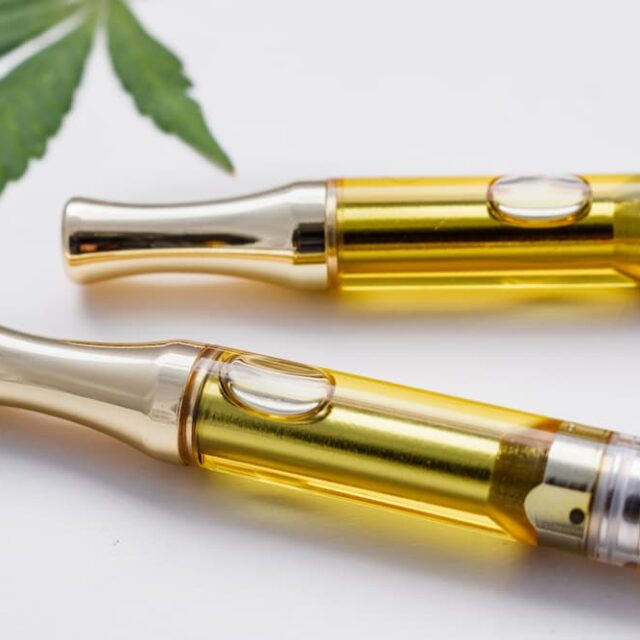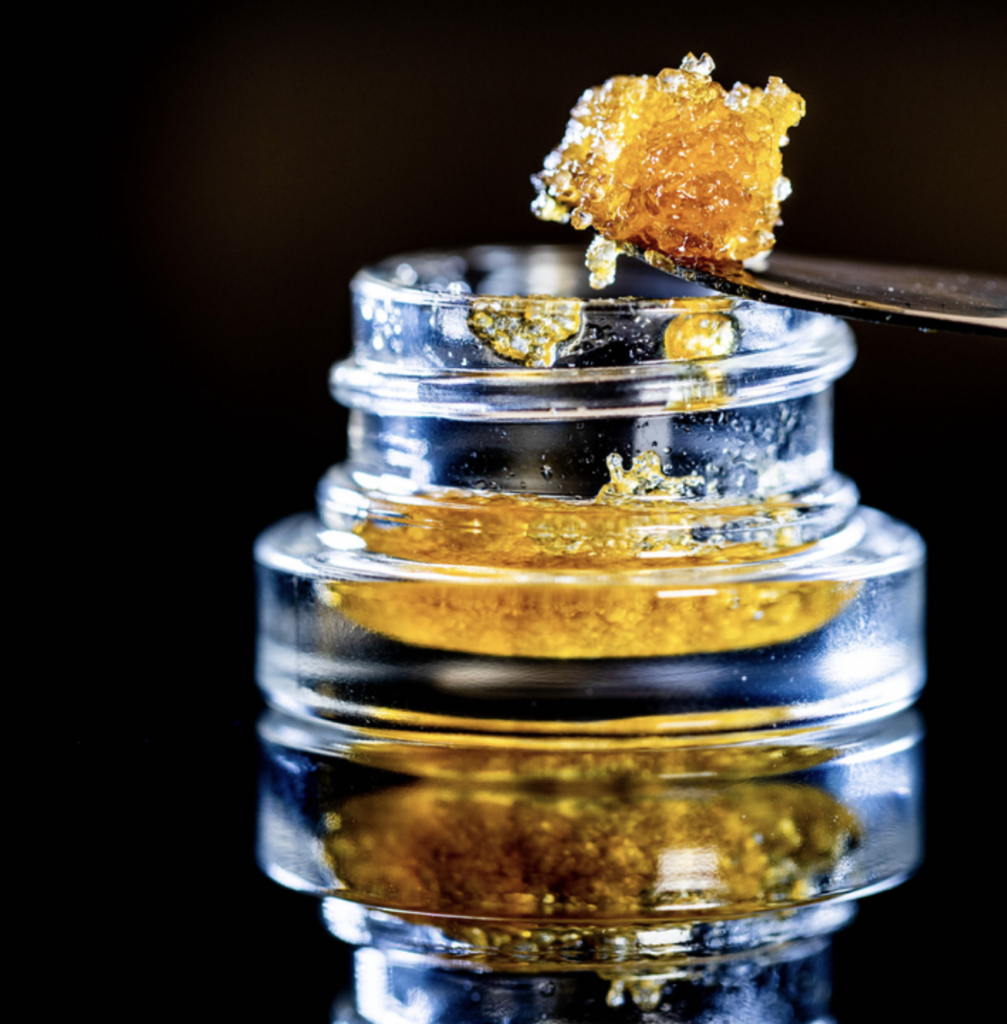What's The Difference Between Live Resin And Distillate Cartridges
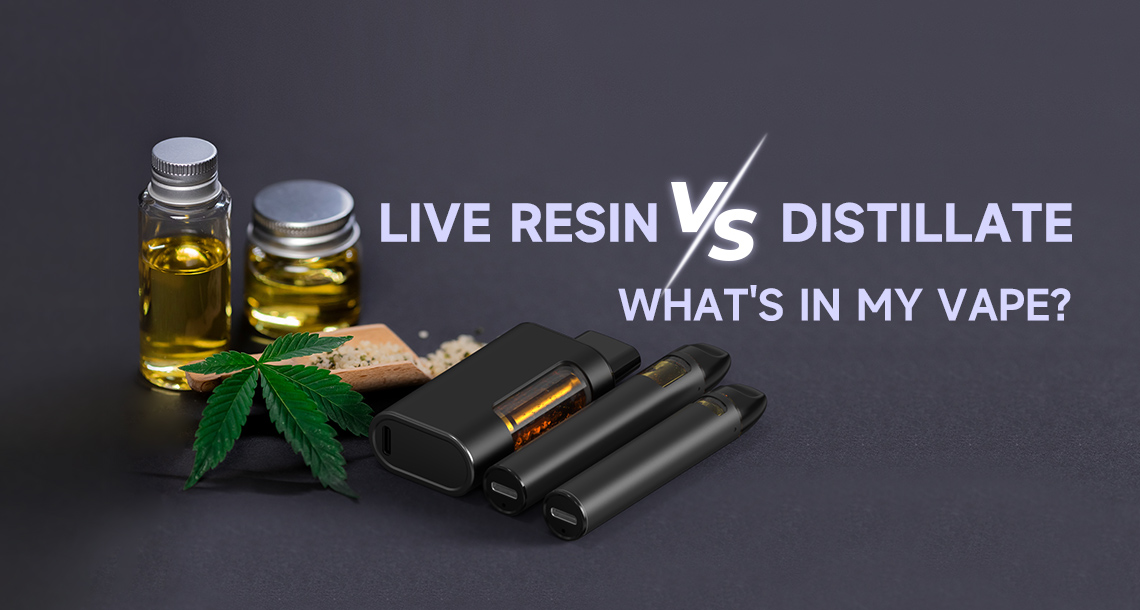
The world of cannabis concentrates is rapidly evolving, presenting consumers with an ever-growing array of options. Among the most popular choices are vape cartridges, offering a convenient and discreet way to consume cannabis. However, navigating the landscape of different cartridge types can be confusing, especially when it comes to understanding the differences between live resin and distillate.
Choosing the right cartridge involves more than just brand preference. It requires understanding the distinct extraction processes, chemical compositions, and ultimately, the effects that each type offers. Understanding these differences empowers consumers to make informed choices that align with their individual preferences and desired experiences.
Understanding the Core Differences
The core difference between live resin and distillate cartridges lies in their extraction methods and the resulting chemical profiles. This affects the flavor, aroma, and overall experience of using each type of cartridge.
Extraction Processes: The Foundation of Difference
Distillate is created through a multi-stage process that isolates specific cannabinoids, typically THC or CBD. The process usually involves short path distillation, which refines crude cannabis oil to remove unwanted compounds. This results in a highly purified product, often reaching potency levels of 90% THC or higher.
Live resin, on the other hand, begins with cannabis plants that are flash-frozen immediately after harvesting. This freezing process preserves the delicate terpenes and cannabinoids that are often lost during traditional drying and curing methods. The frozen plant material is then extracted using solvents like butane or propane, yielding a concentrate that retains a more complete representation of the original plant's chemical profile.
Chemical Composition: Cannabinoids and Terpenes
Distillate is prized for its high cannabinoid concentration, primarily THC or CBD. However, the distillation process often strips away most of the terpenes, the aromatic compounds that contribute to the flavor and effects of cannabis. This often results in a relatively flavorless and odorless product, requiring the addition of terpenes afterward to enhance flavor and modulate the effects.
Live resin, due to its unique extraction process, retains a significant portion of the plant's original terpene profile. These terpenes contribute to the entourage effect, the synergistic interaction between cannabinoids and terpenes that can enhance the overall experience. The presence of a wider range of cannabinoids and terpenes in live resin is often associated with a more complex and nuanced flavor and a potentially more potent and diverse effect.
The Consumer Experience: Flavor, Potency, and Effects
The differences in extraction and chemical composition translate directly into noticeable differences in the consumer experience.
Flavor and Aroma: The Sensory Experience
Distillate cartridges, while potent, are often criticized for lacking the complex flavors and aromas found in other cannabis products. Some manufacturers add terpenes back into distillate after the initial extraction, but the resulting flavor profile may not be as authentic or nuanced as that of live resin.
Live resin cartridges deliver a richer, more complex flavor profile that closely resembles the original cannabis strain. The high terpene content provides a more aromatic and flavorful experience, often described as more "true-to-plant" than distillate.
Potency and Effects: The High
Distillate cartridges are typically very high in THC, offering a potent and often predictable experience. However, the lack of terpenes can result in a less nuanced and potentially less satisfying high for some users.
Live resin cartridges, while still potent, often offer a more balanced and nuanced high due to the presence of a broader range of cannabinoids and terpenes. The entourage effect can contribute to a more complex and potentially more therapeutic experience.
Pros and Cons: Weighing the Options
Each type of cartridge offers its own set of advantages and disadvantages.
Distillate: Pros and Cons
Pros: High potency, consistent effects (when terpenes are standardized), often more affordable than live resin, and readily available.
Cons: Lack of natural flavor and aroma, potential for a less nuanced high, and may require added terpenes, which can vary in quality.
Live Resin: Pros and Cons
Pros: Rich flavor and aroma, more nuanced and potentially more potent effects due to the entourage effect, and a more "true-to-plant" experience.
Cons: Typically more expensive than distillate, potency can vary depending on the strain and extraction process, and may be less widely available than distillate.
Looking Ahead: The Future of Cannabis Cartridges
The cannabis industry is continually innovating, and we can expect to see further advancements in cartridge technology and extraction methods.
Growing consumer awareness and demand for high-quality products will likely drive further development of terpene-rich concentrates like live resin. We might also see improvements in terpene extraction and reintroduction techniques for distillate, bridging the gap between potency and flavor.
Ultimately, the best choice between live resin and distillate cartridges depends on individual preferences and priorities. By understanding the differences in extraction methods, chemical composition, and consumer experience, consumers can make informed decisions that align with their desired effects and flavor profiles. Researching different brands and asking budtenders for recommendations can also help consumers navigate the diverse world of cannabis concentrates.
